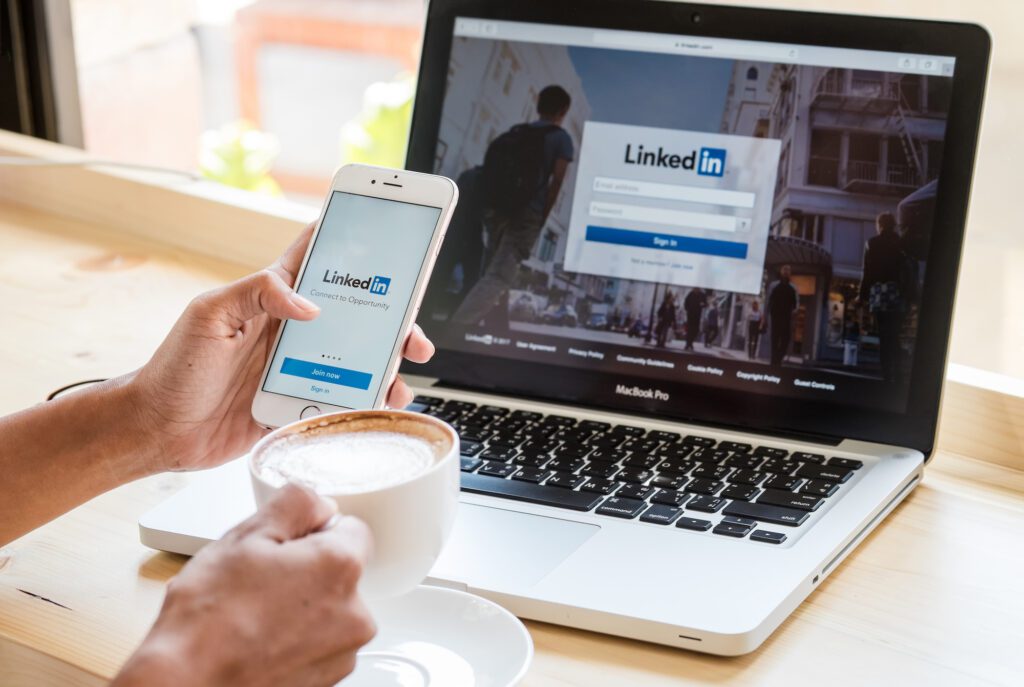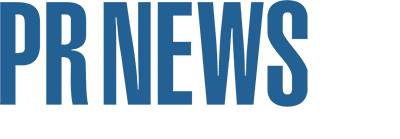
There is one question that many leaders aren’t asking, and because of it, they are missing out on significant positive business impacts. The question is: How much of the marketing and communications budget should be allocated to social media activity and training for leaders and employees?
Too many marketing and public relations professionals spend the majority of their social media budget that is allocated for LinkedIn on brand accounts and sponsored posts. Sprout Social statistics from 2024 show that 25% of consumers engage with brands using the platform daily. However, as the social media environment evolves, LinkedIn’s algorithm is rewarding authentic content from people over brands. Organic brand reach on LinkedIn sits at just over 1%—a steep drop from 7% just four years ago—and many PR professionals and business leaders are facing a hard truth: branded company content is no longer enough.
Utilizing a People-First Content Strategy
At Media Minefield, we’ve long understood that people outperform pages, and authentic stories increase engagement, loyalty, trust and connection. We implemented a people-first content strategy that works: Our employee-shared posts receive eight times more engagement than branded content. It’s time for PR and comms professionals to empower employees to be active on social media, whether that’s engaging in the brand’s social media content or sharing their own thought leadership related to their respective fields.
Every employee has the power to expand the brand’s reach. Users want organic content that feels authentic. Don’t send copy-and-paste language to each employee. The same post on five different employees’ accounts smells like corporate language and isn’t effective. Many employees, even those who are social media savvy, require training to ensure they feel empowered and educated on how to best utilize their personal social media presence.
Here's a real-world example: We created customized social media training sessions for more than 100 MidWestOne Bank employees. Our team offered two options so those new to LinkedIn felt supported, and those who already had some confidence could receive higher-level insights. The training sessions resulted in an increase in employee social media activity, which had a powerful impact on the brand’s social media reach, audience and influence. Within a month following the training sessions, the bank’s LinkedIn page received over 7,000 more followers and 52,000 impressions.
“The greatest value comes from our team amplifying the bank’s message," says Jenny Olson, the Second Vice President of Community Engagement at MidWestOne Bank. "When employees engage with our posts and share their own unique content, it not only extends the bank’s reach but also strengthens their personal and professional brands.”
The In-House Influence
Employees are valuable and effective influencers, and so are leaders. In fact, the person with the most influence is the CEO. An EveryoneSocial study found that 93% of consumers believe that CEO engagement on social media helps communicate company values, pushing consumers to make purchases from companies with active executives more often than those who aren’t. In today’s digital world, it’s important that the CEO and C-suite leaders establish a positive online presence. All stakeholders, including potential employees, investors and clients, benefit when leaders are perceived as open and honest. Social media is a powerful way to illustrate vulnerability and establish trust.
Social media is part of daily life, and we can’t ignore the fact that anyone can learn almost anything about us online. Every team member has an opportunity to tell their own stories and use social media for good.
Kristi Piehl is the Founder and CEO of Media Minefield.
